Exploring Burmese Tea Leaf Salad Nuances and Origins
38 min read Unpack laphet thoke—its origins, fermentation craft, essential components, textures, and regional variations—with tips to appreciate its cultural significance and balance at the table. October 08, 2025 21:07
The kettle clattered with a bright, tinny rattle, and the whole tea shop smelled of condensed milk and frying garlic. Yangon’s morning heat had already loosened the air, and ceiling fans chased it in lazy circles. My first bite of Burmese tea leaf salad—laphet thoke—wasn’t a polite introduction. It was an ambush. A tumble of emerald paste, cabbage shreds polished by peanut oil, tomatoes cut on the bias to catch light, a rain of fried garlic that released a puff of caramelized sweetness as it shattered. I felt the tannic grip of tea on my tongue, the sparkle of lime riding above it, the shy smokiness of dried shrimp, and the heartbeat thud of chiles. Every texture seemed intent on having its say: silk, crunch, snap, collapse. The spoon clinked against the metal plate, and the server grinned knowingly—as if he’d seen this before, foreigners getting their first lesson in a nation that eats tea as passionately as it drinks it.
The First Bite: A Yangon Tea Shop Memory

The tea shop was a narrow, sunwashed room somewhere between Bogyoke Market and a row of bookstores perfumed with dust. The tables wore rings of tea like medals of service; the chairs gave a friendly scrape when you pulled them back. A brass kettle dodged between tables, topping up glasses of laphet yay—Burmese milk tea, robust and rust-colored, clouds of evaporated milk unfolding in slow motion. A vendor out front had a wok loud with fritters. You could smell chickpea batter expanding into pe kyaw—fried split-pea crackers—each slice rushing the nose with toasted protein and a gentle, clean oil.
Someone slid a lacquerware tray toward me, not a full ceremonial set but its everyday cousin: two deep wells of tea leaf paste glistening with sesame oil; a confetti of toppings—peanuts, toasted sesame, sunflower seeds, slivers of fried garlic the color of amber, shards of broad beans with the wanted bitterness of a dark lager, and a secret stash of red chile flakes. A bowl of shredded cabbage sat quietly, waiting for its role as diplomat, and half a lime, its cut side wet like a polished gem, perched nearby.
When I tasted it, laphet thoke stepped forward as neither salad nor condiment nor snack. It felt like a pact—one that Myanmar, from the hills of Shan State to the briny deltas of Rakhine, has made with the tea plant for centuries. It was a bite that said: we don’t merely steep tea. We cure it, coax it, keep it. We learn its moods. We knead it with oil and invite it to dinner.
What Exactly Is Laphet Thoke? The Anatomy of a Salad
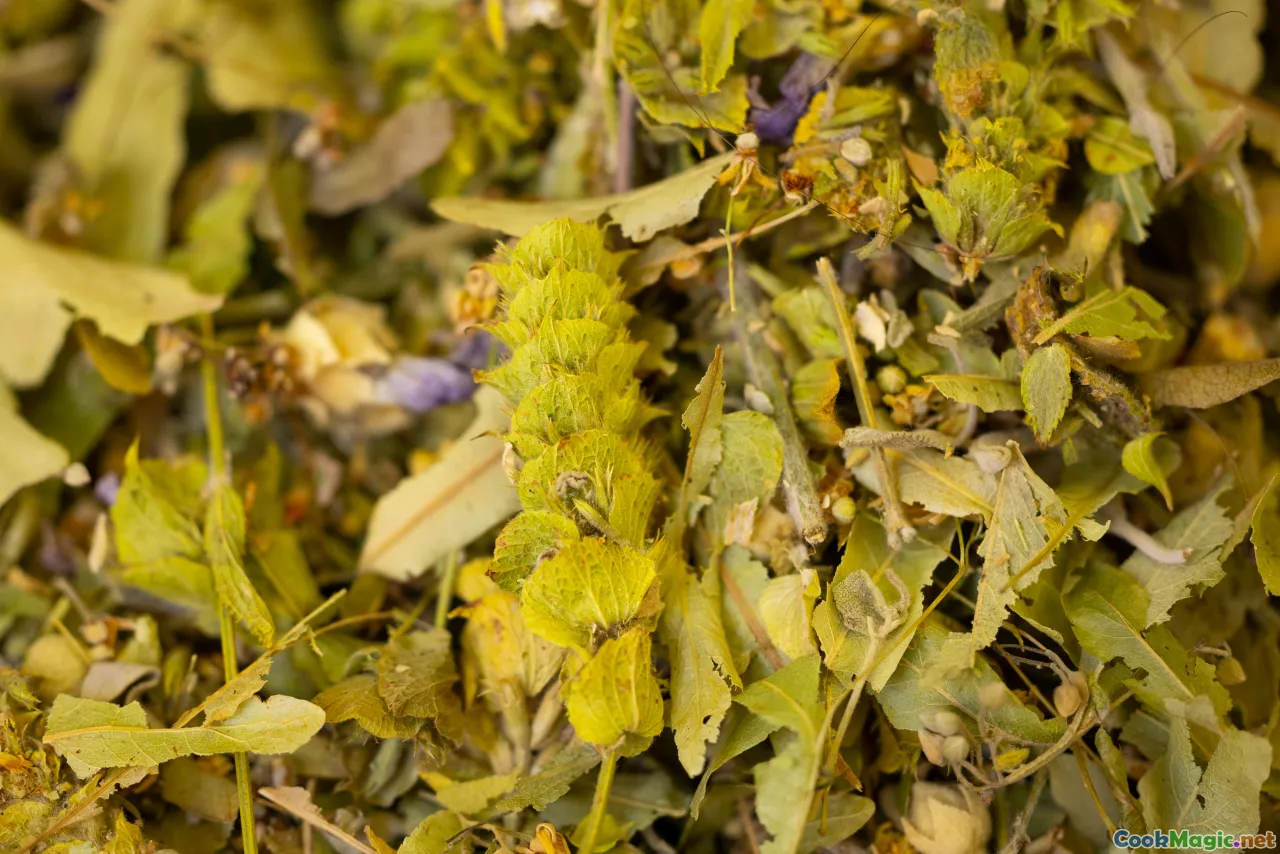
Lahpet (or laphet) means fermented or pickled tea leaves. Thoke means salad. Together: laphet thoke—a composition that reads almost like a chef’s tasting in a single bowl. What distinguishes it from other salads isn’t just that the main component is tea. It’s that the leaves carry the memory of months, a fermentation that transforms the fresh, grassy bite of Camellia sinensis into something plush, lactic, and deeply savory.
At its most canonical, laphet thoke includes:
- Fermented tea leaves: The heart, massaged into a paste. Good laphet is supple, olive-to-moss green, with a shine from sesame or peanut oil. It tastes of clean earth and black tea’s tannins but softened by lactic acidity.
- Crunch: Fried garlic chips, roasted peanuts, toasted sesame seeds, sunflower seeds, and a legume cracker—pe kyaw or fried broad beans—bringing stratified textures.
- Freshness: Thinly shredded green cabbage, chopped tomatoes, slivers of fresh green bird’s eye chiles, and raw garlic slices for a high-voltage ping.
- Dressing: A filigree of sesame or peanut oil, fresh lime juice, fish sauce for salinity and funk, and sometimes a whisper of sugar to angle light into the tannins.
The experience is structure. Everything is sliced or crushed to a precise grammar of bite sizes. Heat is balanced—nothing so ferocious it erases the tea, but enough to keep the palate alert. So much depends on the tea leaf paste itself, which varies in salt, acidity, and bitterness according to origin and maker. If you’ve only met tea as a beverage, the first mouthful can feel like learning a new alphabet.
Fields, Fog, and Fermentation: How Tea Leaves Become Laphet
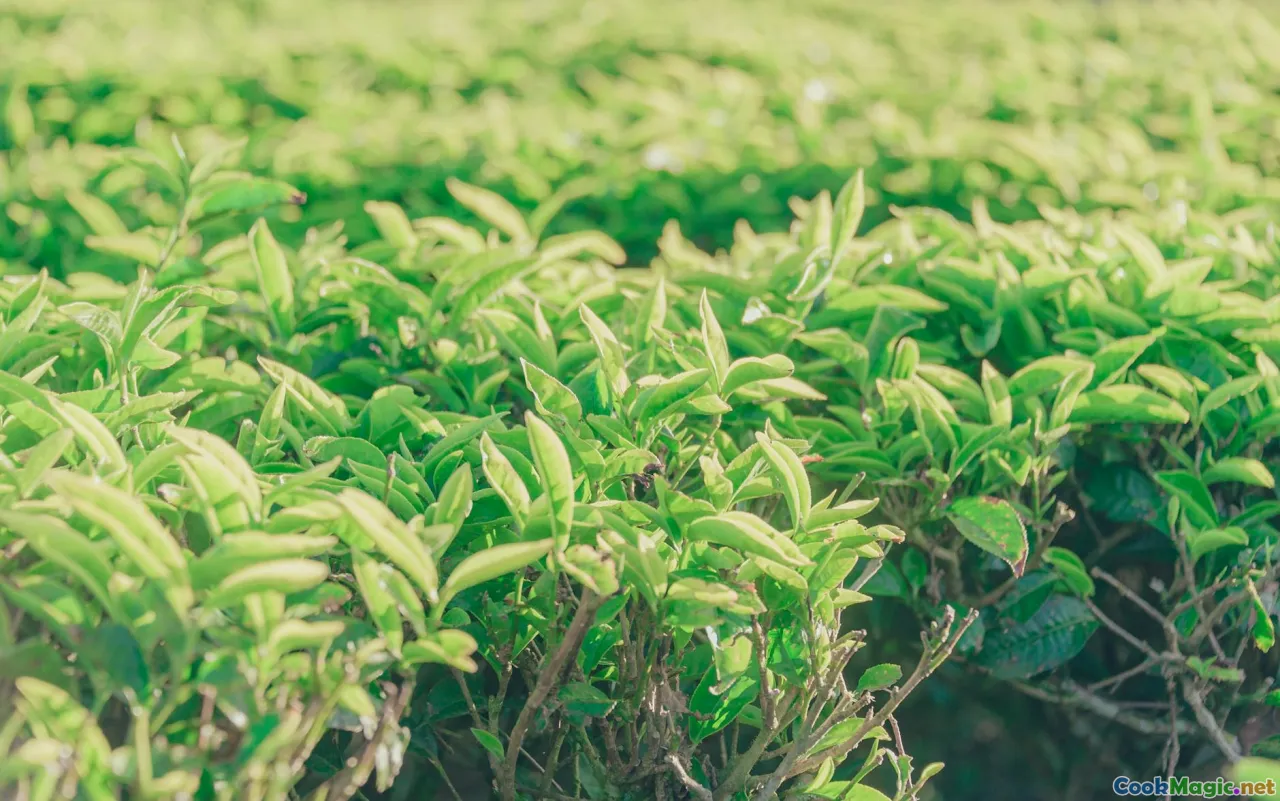
Travel north into Shan State and tea grows in a sierra of greens: neat rows curling over hills, fog lifting like a curtain in the early hours. Here, tender tea buds and young leaves are plucked at the cusp of their vigor—often during cool seasons when leaves hold a steady sweetness. From there, the path to laphet diverges from ordinary tea production.
- Brief blanching or steaming: The leaves are quickly heated to deactivate enzymes that would otherwise darken them too quickly and to loosen their structure. This is not a full deactivation; the leaf still has living possibilities.
- Bruising and pressing: Leaves are kneaded and pressed to rupture cell walls, encouraging juice release—the substrate for fermentation.
- Packing: In many traditional setups, the leaves are packed into bamboo vats or clay jars lined with banana leaves, mixed with salt, sometimes a trace of garlic, and weighted with stones or wooden discs to exclude oxygen. In some areas, the fermentation vessels are partially buried to stabilize temperature.
- Fermentation: Over weeks to months—often three to six—the leaves undergo lactic acid fermentation. Lactic acid bacteria metabolize sugars into lactic acid, softening the leaf and rounding out its bitterness. Occasionally, the process includes periodic unsealing and pressing to redistribute brine and drive off excess gas.
- Finishing: The fermented leaves are rinsed lightly if needed, chopped or pounded, and mixed with oil for stability and flavor. Some producers add fried garlic oil or a little chile to pre-season the paste.
To taste a well-made laphet is to taste time under pressure: a tea leaf that still remembers its origin—sun, soil, altitude—but has been translated by fermentation into a form you can eat. When you open a jar, good laphet greets you with a cool, almost cucumbery lactic scent, the gummy slick of oil, and the fairy-bitter exhale of green tea.
Tasting Notes: Decoding the Flavor Layers
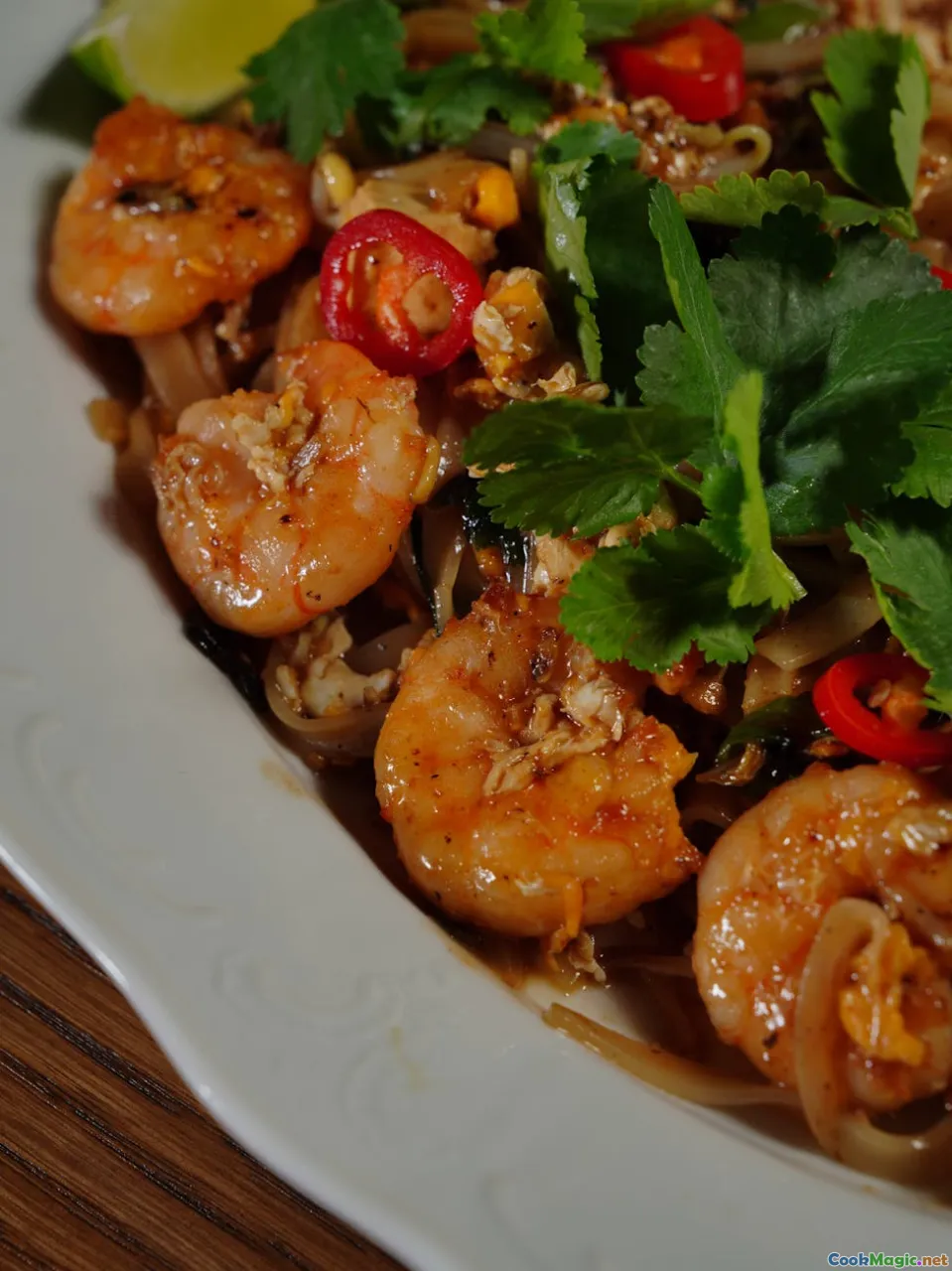
Professional tasters talk about structure—where acidity sits, how bitterness blooms, what kinds of sweetness linger. Laphet thoke invites that same analysis.
- Acidity: Not citrusy by default—the acid mostly lives in the leaves themselves, lactic and rounded. Lime juice in the salad is an accent, not an engine.
- Bitterness: Good bitterness is like a bass note: confident, not aggressive. It should feel cleansing, with the slight dryness familiar from strong tea. If it tastes metallic or murky, the leaves may have been poorly fermented or stored.
- Umami: Dried shrimp powder, fish sauce, and toasted seeds enrich the middle palate. Garlic chips add a Maillard sweetness that reads as umami-adjacent.
- Aroma: Think toasted sesame warmth, peppery green chile, and the tea’s subtle florals—sometimes jasmine-like if the tea cultivar leans that way.
- Texture: The real seduction. The tea paste is satin; peanuts are crackle; garlic is shard; tomatoes burst; cabbage squeaks. The artistry is in tempo—no two bites should feel identical, but they should harmonize.
Try this: take a forkful of laphet thoke and breathe out gently through your nose as you chew. You’ll catch the tea leaf’s perfume rising—a gentle, hay-and-honey breath—followed by the hot tickle of chile, then the grounded earth of toasted legumes.
Regional Nuances Across Myanmar

As with all beloved dishes, laphet thoke is plural. Yangon’s versions tend to be bracing, with punchy fish sauce and an emphasis on crunchy add-ins—perfect for the city’s fast-talking tea shops. In Mandalay, I’ve eaten renditions where the tea leaves seemed almost whipped, ethereal, with lavish fried garlic so sweet it flirted with caramel. Up in Shan State, closer to source, the salad can be leaf-forward, sometimes with less oil and a crunch profile that leans on broad beans rather than peanuts.
- Rakhine-style accents: You may find a fiercer hit of chile and a skip of dried fish—salty sea breath that suits the coastal air.
- Mon influences: A brighter saline balance, sometimes with extra lime and tender young garlic shoots sliced as thin as paper.
- Kitchen-to-kitchen dialects: One auntie tucks in toasted coconut; another adds slivered green mango during hot months for a sour snap. Some chefs take cues from the diaspora, finishing with a trickle of cold-pressed sesame oil that smells like a bakery at dawn.
Every region speaks laphet with an accent—what stays consistent is the invitation to play the tea leaf against noise and quiet, crunch and hush.
Serving Rituals: The Lahpet Ohk and Social Codes
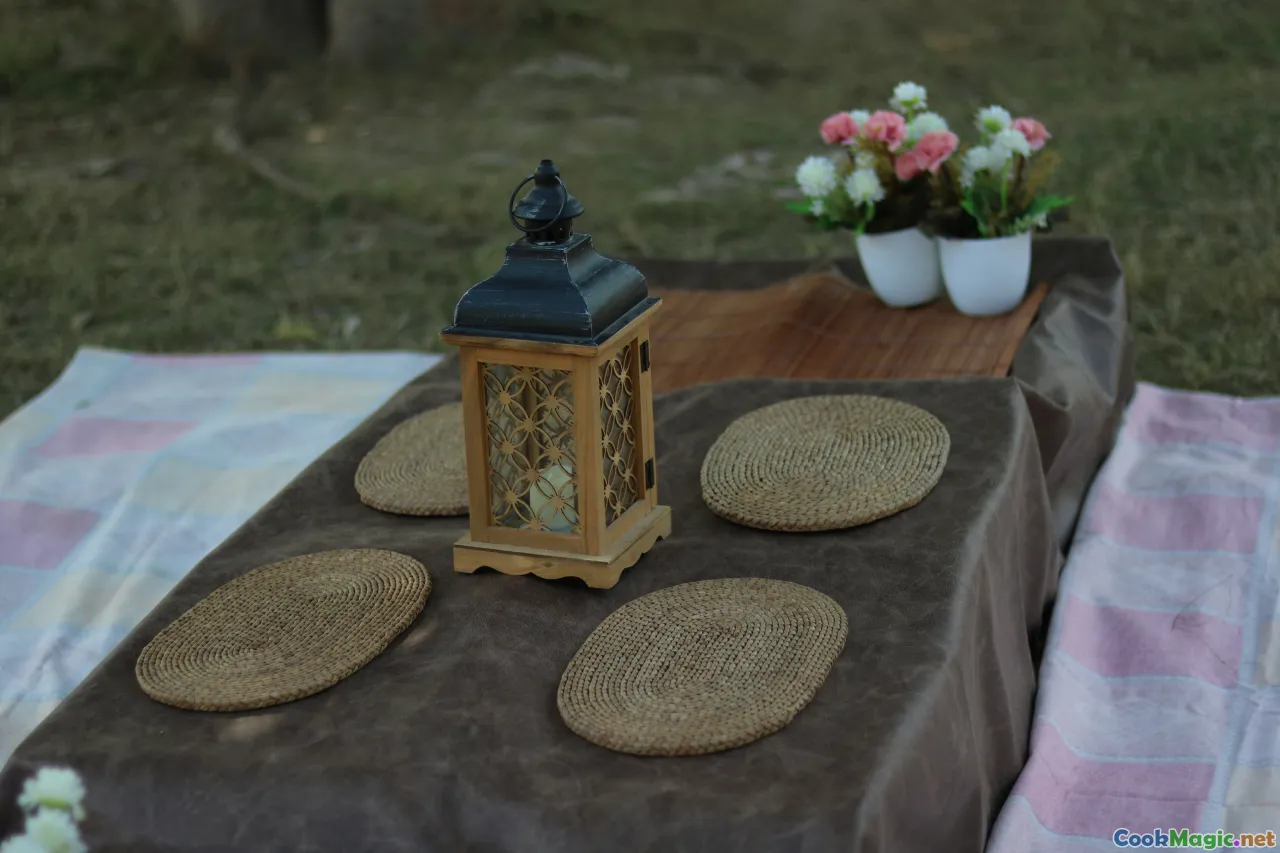
Before laphet became a street-corner salad, it was a ritual. The lahpet ohk—the lacquered tray with covered compartments—appears at pivotal social moments: after religious ceremonies, at weddings, during reconciliations. Offering laphet is a gesture that says, “We share this.” In some older traditions, it was presented after disputes to mark closure, a physical ceremony of peace. There’s a Burmese saying often translated as: “Of all the fruits, the mango is best; of all the leaves, laphet is best.” Elevation by proverb.
The choreography matters. The host opens the tray with the small theatre of lacquerware. Guests take small pinches, building their own balances. Conversation drifts. The bitterness of tea, tempered by oil and sweetness, feels like the palate’s version of humility—strong, but teachable.
How to Make Laphet Thoke at Home
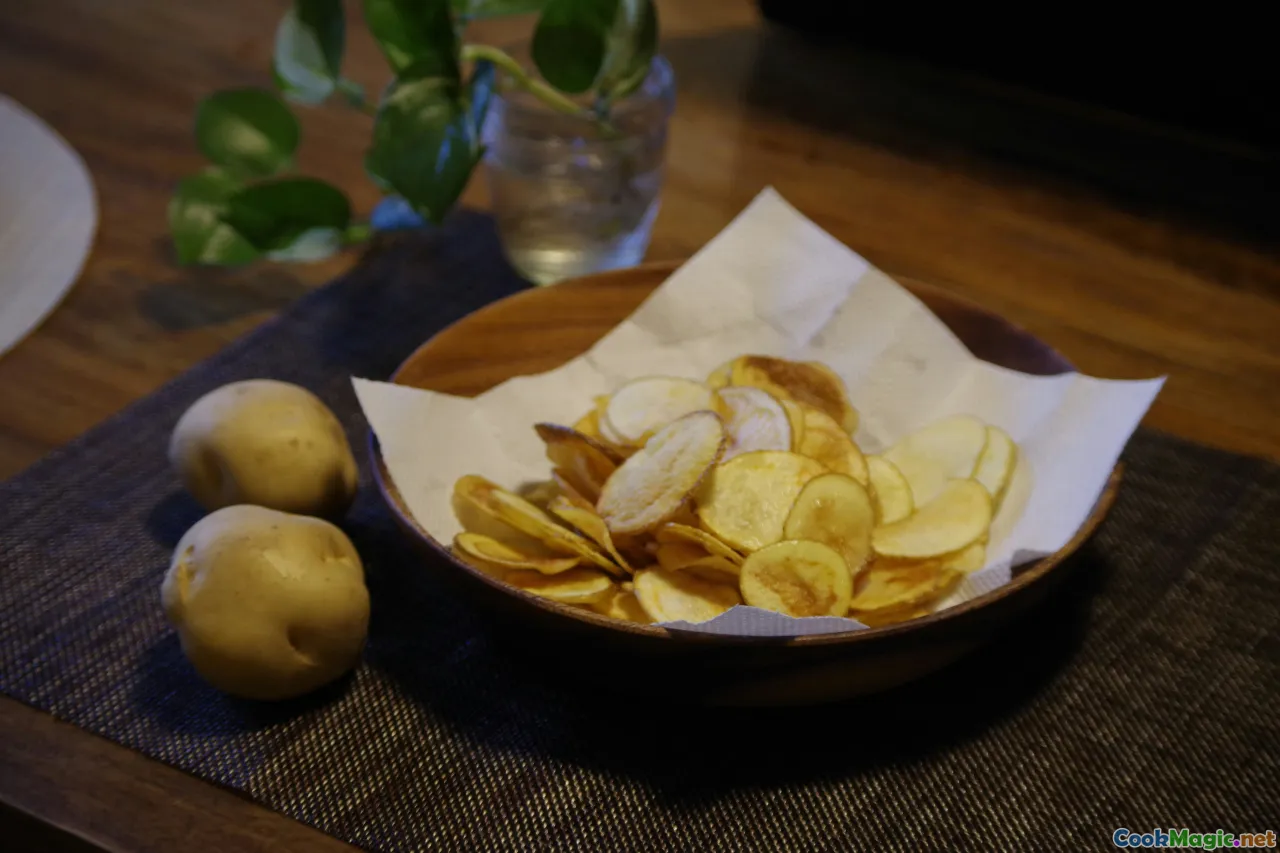
If you can source fermented tea leaves, a proper laphet thoke takes 10 minutes, start to finish. The art lies not in complexity but in calibration.
Ingredients (serves 2–3):
- 4 tablespoons laphet (fermented tea leaf paste)
- 1 cup shredded green cabbage (very thin)
- 1 small tomato, wedges or thick slices
- 2 tablespoons roasted peanuts, roughly crushed
- 1 tablespoon toasted sesame seeds
- 2 tablespoons fried garlic chips, plus 1 teaspoon garlic oil from frying
- 2 tablespoons broad beans or pe kyaw (optional but excellent)
- 1–2 green bird’s eye chiles, thinly sliced
- 2–3 paper-thin slices of raw garlic (optional but classic)
- 1–2 tablespoons peanut or neutral oil
- 1–2 teaspoons fish sauce, to taste
- Juice of 1/2 lime
- A pinch of sugar (optional, for balance)
Method:
- Prep the greens: Shred cabbage very fine—aim for dental floss thin. Cold soak for 5 minutes, then spin dry for extra crispness.
- Season the laphet: In a small bowl, loosen the tea paste with a tablespoon of oil and a splash of garlic oil if you have it. This makes it easier to distribute and bloom aromatics.
- Build the bowl: In a large mixing bowl, combine cabbage, tomatoes, chiles, and raw garlic, if using. Add the laphet and massage lightly with your fingers or toss with tongs to coat. Be gentle—this isn’t coleslaw. You’re persuading, not pounding.
- Finish: Sprinkle peanuts, sesame, fried garlic, and broad beans. Add fish sauce, lime juice, and a pinch of sugar if desired. Toss once or twice more so some crunch sinks in and some stays on top for theatrics.
- Serve immediately on a wide plate, with extra lime and a small dish of chile flakes alongside.
Key sensory checks:
- The scent should be bright and lactic, with toasted notes from garlic and sesame.
- The bite should lean crisp and energetic, not greasy or sodden.
- Tea bitterness should be present but civil, smoothed by oil and lime.
Sourcing Laphet and the Pantry That Supports It

Outside Myanmar, the easiest way to start is with a prepared laphet paste. In the United States, “Burma Love” (connected to the Burma Superstar restaurants in San Francisco) sells jars of fermented tea leaves and a salad kit with crunchy mix-ins—a reliable intro product with a clear, gently salty profile. In the UK, check Burmese and broader Southeast Asian grocers; some carry imported brands or offer house-made pastes kept refrigerated.
What to look for:
- Color: Deep leaf green, not brown or gray. A jade-olive hue suggests controlled fermentation and proper oil.
- Aroma: Lactic and green, like cool tea and cucumber, with no harsh must or solventy smell.
- Texture: A cohesive paste with visible leaf pieces, tender but not mush.
The supporting cast matters. Use fresh, firm tomatoes; a cabbage with a squeaky snap; raw peanuts you roast yourself for optimal flavor; sesame seeds toasted until their perfume turns from flat to nutty-sweet. For fish sauce, a clean, balanced brand—salty but not metallic—makes a difference. If you fry your own garlic chips (highly recommended), slice uniformly and fry low and patient; they should look sunlit, not sunburned.
Technique Clinic: Texture, Balance, and Troubleshooting
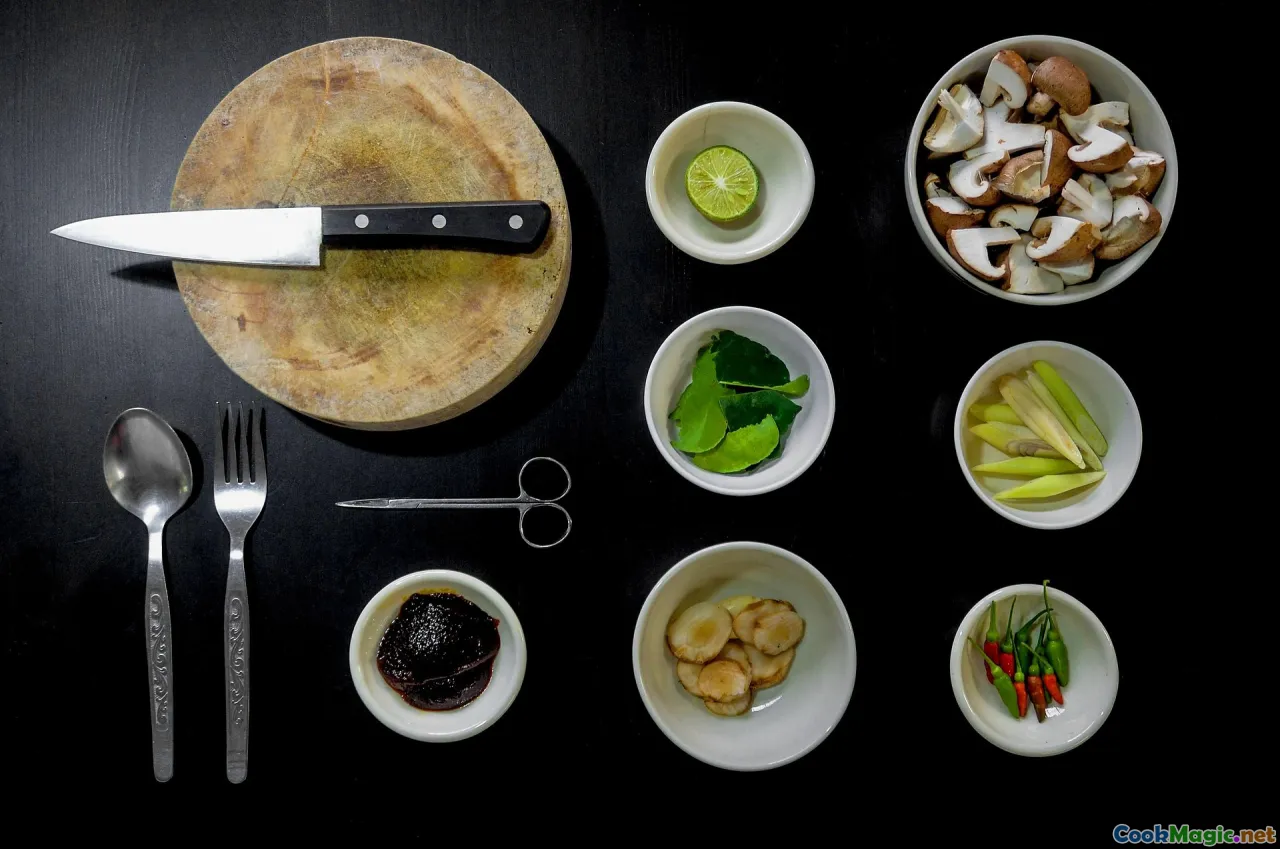
- If the salad tastes too bitter: Massage the laphet with a touch more oil and an extra squeeze of lime. A few grains of sugar—not sweetness, just a nudge—can tame sharp angles. Ensure your fish sauce isn’t excessively salty, which can amplify bitterness.
- If it’s too salty: Rinse the laphet very quickly in cool water, squeeze dry, then remix with oil. Increase the cabbage ratio.
- If it’s flat: You likely need more acidity and heat. Add a thin slice or two of raw garlic and green chile; squeeze a bit more lime; sprinkle fresh toasted sesame.
- If the crunch feels heavy: You’ve gone overboard on peanuts or beans. Offset with more cabbage and tomato; a micro-splash of water can refresh the mix.
- Cabbage lacks life: Soak in ice water 5–10 minutes, then spin dry thoroughly. Waterlogged cabbage dulls the seasoning.
- Staging for service: Mix the laphet with oil and aromatics ahead of time. Keep crunch and fresh veg separate. Combine at the last minute to maintain contrast.
Knife skills are decisive. A salad like this punishes clumsy cuts. Aim for symmetry: consistent cabbage threads, tomatoes that match each other’s heft, chiles so thin they read as punctuation.
Pairings and Menu Ideas

Laphet thoke plays well in a Burmese breakfast tableau with mohinga—the national fish soup fragrant with lemongrass and banana stem—or alongside Shan noodles dressed in toasted chickpea flour. As a midday snack, it brightens a plate of grilled pork skewers and a cold beer. At dinner, think of it as an acidic, bitter-edged salad to cut through richer curries—say, a pork belly slow-braised with pickled mustard greens, or a creamy egg curry.
- Beverage pairing: A chilled lager suits the crunch and heat. For nonalcoholic pairings, unsweetened black tea or sparkling water with a squeeze of lime keeps the palate sharp. Avoid tannic red wines—they will wrestle with the tea.
- Starches: Serve with warm rice, particularly if your laphet is punchy; rice moderates and extends flavors. A side of buttery paratha can turn the salad into a rollicking wrap.
- Counterpoints: A quick cucumber salad, lightly sweetened, turns the volume knob thoughtfully. A plate of lightly pickled mustard greens echoes the lactic profile from another angle.
Beyond the Salad: Laphet in Condiments and Other Dishes
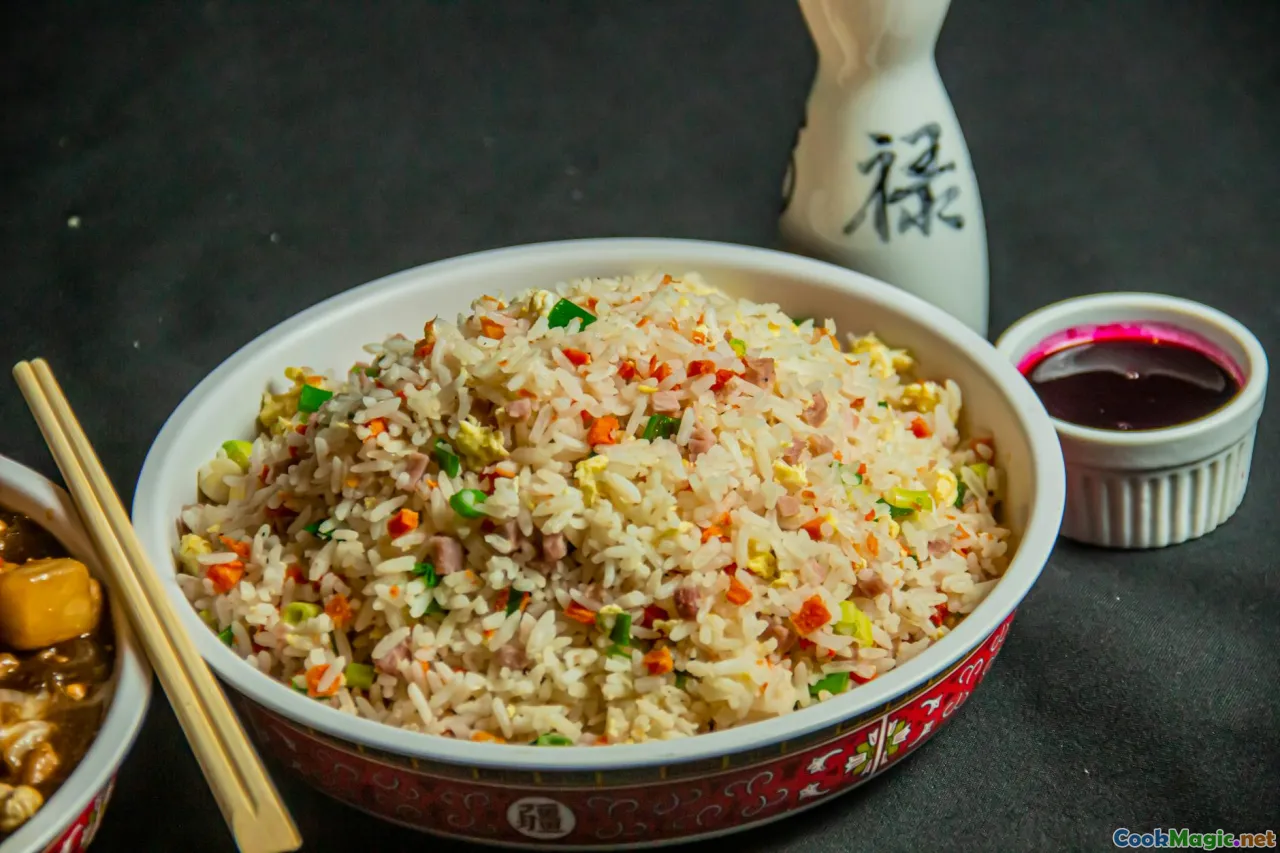
While the salad is the star, laphet can moonlight as a flavoring:
- Tea-leaf noodles: Toss rice noodles with a dab of laphet, garlic oil, fish sauce, and fried shallots; add blanched long beans for crunch and a soft-boiled egg for richness.
- Laphet rice: Fold laphet into warm rice with sesame oil, toasted sesame seeds, and chopped scallions—comforting, a cousin to herbed rice with a deeper, tea-like hum.
- Compound butter: Whip softened butter with laphet, lime zest, and a pinch of chile. Smear on grilled corn or a seared white fish and watch it melt into a glossy, savory glaze.
- Tea-leaf vinaigrette: Emulsify laphet with neutral oil, rice vinegar, and a little honey. Drizzle over grilled vegetables or charred cabbage wedges.
These variations echo the salad’s idea—balancing astringency with fat and crunch—but allow the tea leaf’s intelligence to travel.
A Comparative Lens: Tea to Eat vs. Tea to Drink in Southeast Asia

Myanmar is not alone in eating tea, but it has made a national icon of it. In northern Thailand, fermented tea leaves called “miang” were historically chewed as a stimulant, sometimes folded with salt and palm sugar, a kind of living pick-me-up. In parts of Japan, goishicha and awabancha are fermented teas, though they’re brewed to drink; their sour-salt profiles reflect microbial transformations not unlike laphet’s, but the end use diverges.
What sets laphet thoke apart is its status as a shared dish. Instead of tea leaves being a solo chew or a beverage, they become a social salad, dressed and garnished as if the tea leaf were a guest of honor. You could say Myanmar took the logic of tea’s bitterness—its ability to sharpen and calm—and built a communal cuisine around it.
Voices From the Kitchen: The Cooks Who Know

At a home in Mandalay, an auntie named Daw Mya Mya tilted a frying pan shallow with oil and let thin slices of garlic hover on the surface like little boats. “Don’t hurry,” she warned. “Garlic tells you when it’s ready.” The kitchen smelled of sesame and warm metal. She kept her laphet jar in the coolest room of the house—a ceramic croc tucked under a bamboo tablecloth. Her trick: a teaspoon of roasted chickpea flour sifted into the laphet before mixing, to set a creamy body without muting the tea.
In Yangon, a teashop cook showed me his mise en place: a mountain of cabbage as fine as ramen, a sack of sunflower seeds he toasted twice (“first to wake them, then to teach them”), and a bowl of chiles with a smeary shine. He made three bowls of laphet thoke—one for office workers (saltier, crunchier), one for older regulars (less heat, more sesame), and one for the lunchtime crowd that wanted fireworks (extra chiles, lime on the side). “It’s the same song,” he shrugged, “different audience.”
Notes for Professionals: Scaling, Plating, and Costing

- Scaling: Pre-season laphet with oil and a baseline salt to a known intensity. Build a spec sheet for crunch components by weight (e.g., 14 g peanuts, 8 g sesame, 10 g garlic chips per portion) to maintain textural ratios. Cabbage should be prepped twice daily to keep it perky.
- Plating: Use a wide, shallow bowl to distribute crunch visibly. Heap a central mound of dressed cabbage and laphet; shower with garnishes in a horseshoe or spiral for controlled chaos. A lime wedge aims toward the diner.
- Timings: From fire to table in 3 minutes is ideal. Pre-mix laphet and oil; store crunch in low humidity; keep tomatoes at room temperature for better aroma.
- Costing: The priciest element is high-quality laphet. Negotiate bulk imports or partner with a diaspora supplier. Offsetting with local, inexpensive crunch (home-roasted peanuts, seasonal greens) keeps margins safe. Waste control: fry garlic chips from trimmings used across menu; reclaim sesame by toasting in daily batches.
- Flavor control: Train staff to taste salts—and to calibrate bitterness by lime and oil, not by dumping sugar. Sugar is a scalpel, not a hammer.
The History in the Leaves: Trade Winds and Colonial Shadows

Tea arrived in the region via ancient trade routes, with Assam varieties thriving in Myanmar’s highlands. Long before colonial-era plantations shaped global tea economies, local communities were fermenting leaves for eating, a practice that dovetailed with preservation norms—salting, pickling, drying—across Southeast Asia. In precolonial courts, laphet was sometimes reserved for elites, presented in ornate trays that asserted status. Over time, the dish democratized and spread alongside the tea shop culture that became Myanmar’s social living room in the 20th century.
Colonial rule amplified tea for export, but laphet remained resolutely domestic—a flavor that traveled in lunch tins, across town gossip, through temple festivals. Even now, when the diaspora carries Myanmar’s flavors to San Francisco, London, Sydney, and beyond, laphet is the taste that anchors memory. Restaurants with names like Burma Love or Rangoon lean on it not just because it’s delicious, but because it is emblematic—a dish that says, “Here’s who we are.”
A Practical Glossary of Crunch: Choosing the Right Accents
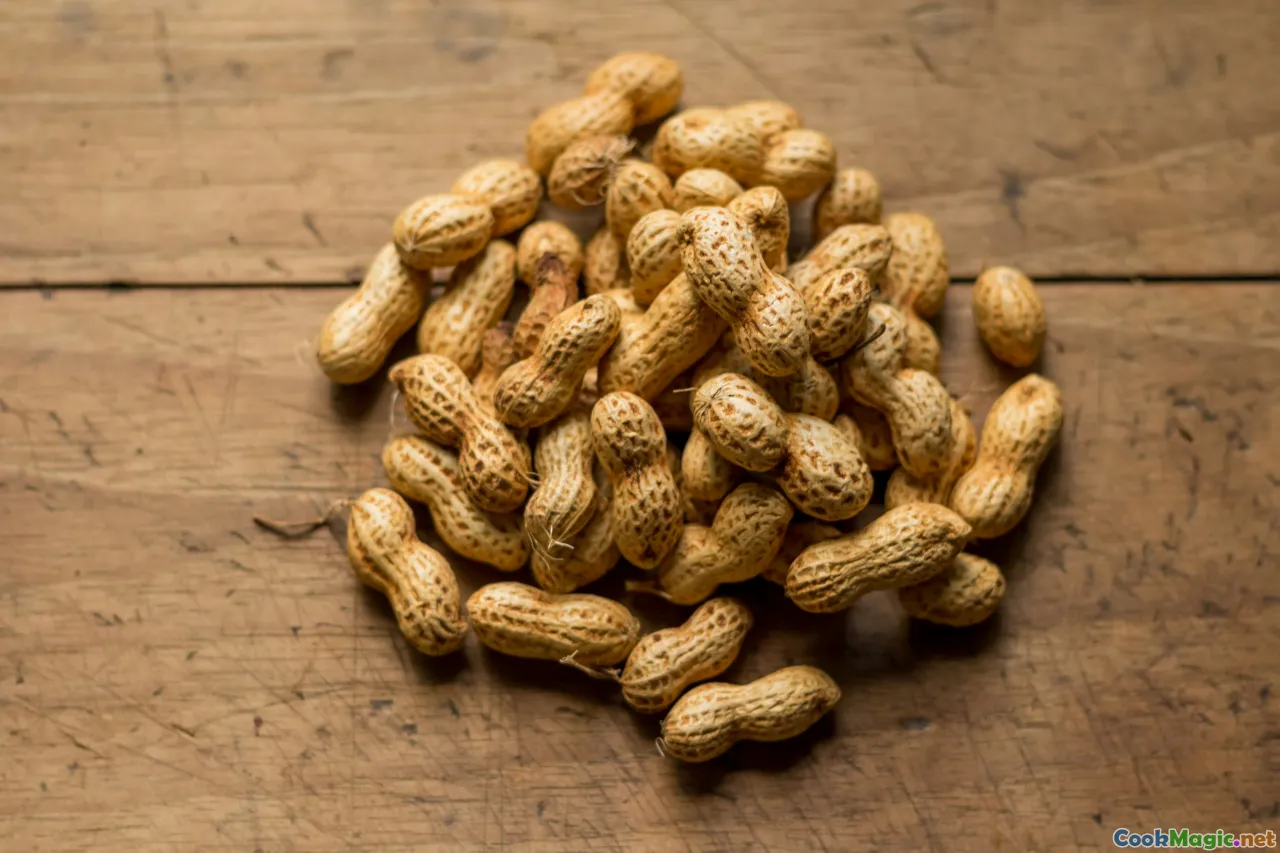
- Peanuts: Roast at 160°C/320°F for 20–25 minutes, tossing once, until their skin flakes easily and the nut smells like warm bread.
- Sesame seeds: Toast over medium heat, stirring constantly, until a few seeds leap in the pan and the aroma turns full and sweet. Do not over-darken; bitterness compounds quickly.
- Fried garlic chips: Slice 1–2 mm thick; start in cool oil and bring up to a gentle sizzle; pull when pale gold—residual heat will finish them. Salt lightly while warm.
- Broad beans/pe kyaw: Buy quality, taste before adding; some packaged versions carry stale oil flavors. Revive in a low oven if needed.
- Dried shrimp powder: Blitz good dried shrimp to a coarse sand; toast lightly in a dry pan to awaken aroma.
Each element is a note on the keyboard. Use them to emphasize, not to drown.
Adapting for Dietary Needs Without Losing Soul
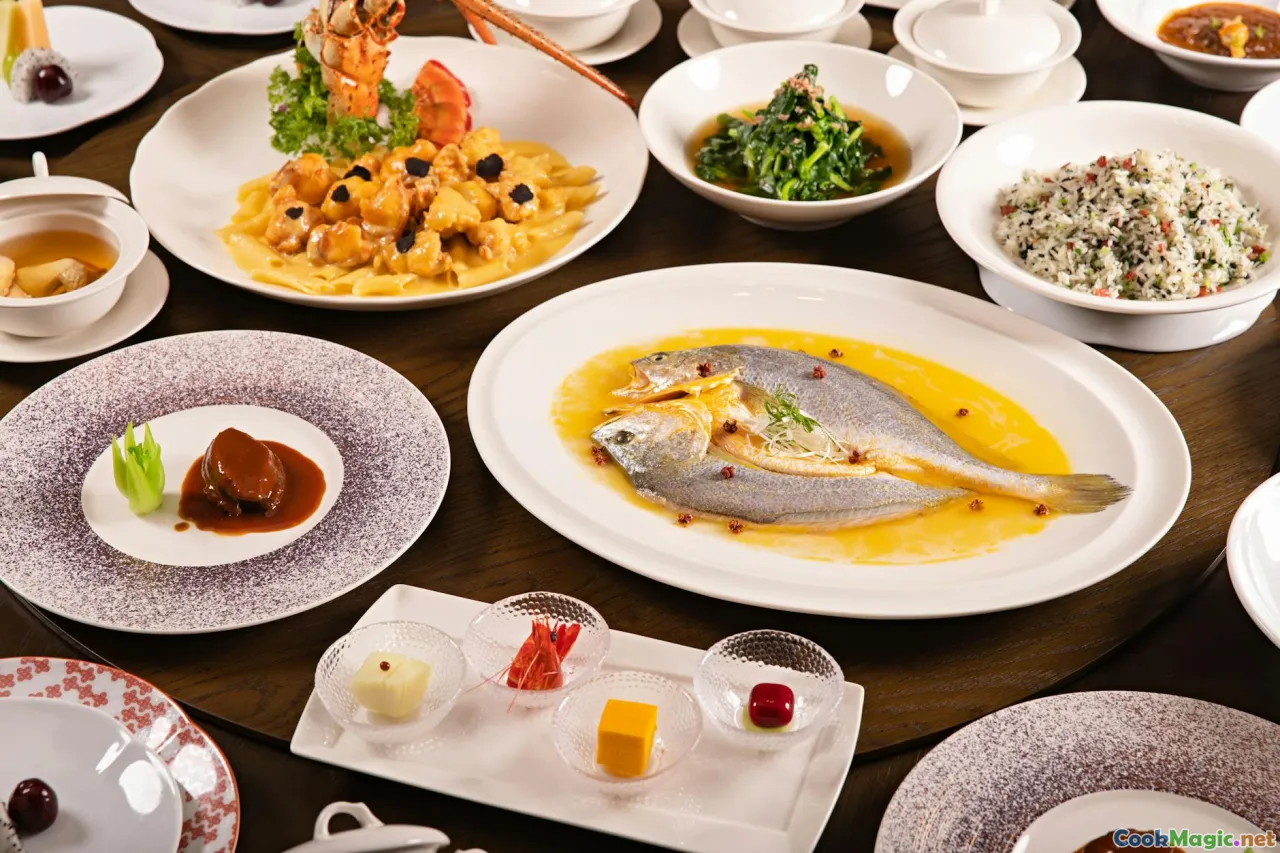
- Vegetarian/vegan: Swap fish sauce for a blend of light soy and a dash of mushroom or seaweed extract. Add roasted nori crumbs for oceanic undertone. Omit dried shrimp.
- Nut-free: Emphasize sesame and sunflower seeds; increase garlic chips and broad beans for crunch depth.
- Low heat: Reduce fresh chiles and replace with a few pink peppercorns crushed for perfume without fire.
- Allium-sensitive: Use infused oils (garlic- or shallot-infused), skipping the solids, and add toasted cumin seed for aromatic lift.
Remember: the anchor is fermented tea. Guard its bitterness and lactic glow; adjust the orbiting flavors.
For the Curious: Making Laphet From Scratch

If you’re fermentation-competent and can access fresh tea leaves (Camellia sinensis, ideally assamica subspecies), you can attempt laphet. This is a sketch rather than a full safety-certified recipe—proceed with care.
- Harvest: Pick young leaves and buds. Inspect for pests; wash gently and spin dry.
- Blanch: 30–60 seconds in boiling water; shock in cold water; drain thoroughly.
- Bruise: Pound lightly with a pestle or massage firmly to release juices.
- Salt: Aim for 2–3% salt by weight of leaves; mix evenly.
- Pack: Into a scrupulously clean jar or lined bamboo vessel. Compress firmly to expel air; cap with a weight; seal to keep anaerobic conditions. Temperature around 18–22°C (64–72°F) is friendly for lactic fermentation.
- Ferment: 3–8 weeks to start tasting, 3–6 months for maturity. Burp if using jars to release excess gas; monitor for off smells. A clean, sour-green aroma is right; any putrid or moldy notes mean discard.
- Finish: Mix the mature leaves with sesame oil and a little fried garlic oil; store chilled.
The reward isn’t just a jar of laphet. It’s experience—listening to how vegetables transform under calm, salted pressure, learning patience from a leaf.
Restaurant Field Notes: Where to Eat Laphet Thoke

- Yangon: Seek out neighborhood tea shops where laphet arrives unannounced with your tea. Look for confident crowds and tables heaped with fritters; the salad will follow suit.
- Mandalay: Family-run eateries near Zegyo Market often serve leaf-forward renditions with exquisite garlic chips—ask for “less oil” if you want the tea louder.
- San Francisco: Burma Love/Rangoon Ruby/Burma Superstar popularized laphet thoke in the U.S.; their versions are approachable, balanced, and consistent.
- London: Small Burmese kitchens in Hammersmith and Shoreditch rotate laphet specials; keep an eye on pop-ups by diaspora chefs who treat laphet as both heritage and canvas.
Wherever you try it, ask if the laphet is house-mixed. Your server’s face will tell you everything.
The Emotional Pull: Why This Salad Stays With You

There’s a moment, mid-bite, when laphet thoke stops being a novelty and becomes a conversation about taste itself. Bitterness asks you to pay attention. It doesn’t flatter. It clarifies. The crunch, the oil, the citrus—these are the bridge-builders that carry you across the tea’s sternness and return you to the table smiling.
Every food culture has a dish that compresses its history into a handful of flavors. In Myanmar, laphet thoke is that dish. It tells of foggy hills and patient jars, of lacquer trays opened with ceremony, of tea shop chatter and the clink of glass against saucer. It invites you to learn the language of tannin and lactic softness, to work with your hands—pinching, tossing, listening. And like all beloved foods, it travels easily, setting down roots in new kitchens while keeping its old ways.
I think about that first morning in Yangon whenever I make laphet thoke at home. The kettle’s rattle is gone, replaced by the hiss of my own stove, but the aromas arrive familiar: sesame blooming, garlic sighing into gold, the first inhalation from the open jar of laphet that smells like rain on a leaf. I toss, I taste, I adjust. The salad lands on the table with a scatter of seeds, and for a moment my kitchen is a tea shop, and I am once again learning what it means to eat tea—bright and bitter and generous, a bite that keeps its promises.









